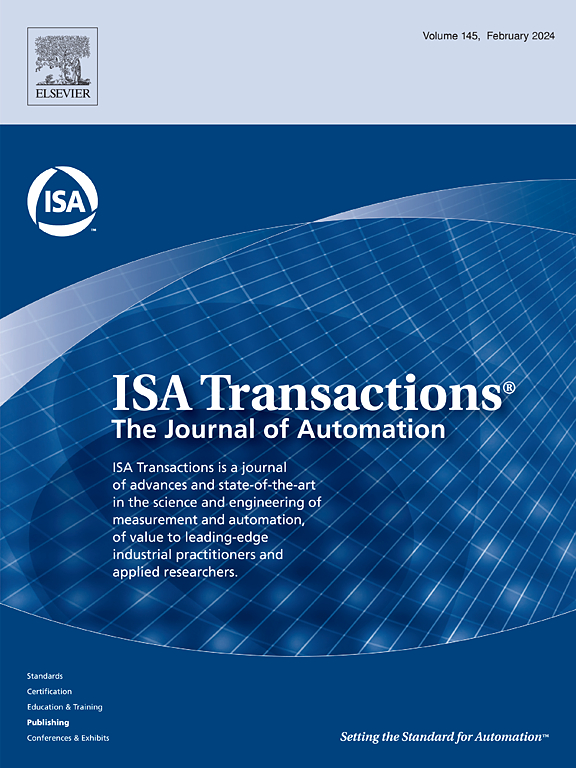同轴倾转旋翼无人机浸没不变性自适应控制器与混频器。
IF 6.5
2区 计算机科学
Q1 AUTOMATION & CONTROL SYSTEMS
引用次数: 0
摘要
提出了一种同轴倾转旋翼(CTR)无人机的运动控制系统,该系统具有两个CTR模块和一个尾桨。现有的ctruav自适应控制策略不能保证估计参数在理论上收敛到真值。此外,现有的混合器需要频繁和低效的调整倾斜角度的运动控制。为了解决这些问题,本研究提出了一种控制策略,该策略将基于误差符号(RISE)的鲁棒积分浸入式和不变性(I&I)自适应控制器与分段增益和改进的混频器集成在一起。从理论上讲,基于rise的自适应控制器能够估计和补偿具有有界导数的外部扰动力矩和力。在此基础上,建立了考虑上下转子差异的CTR模块模型,并设计了混合器,实现了CTR模块在不同倾角下的高效控制。实验结果表明,与现有的控制策略相比,该控制方案显著提高了CTRUAV的稳定性、瞬态响应速度、抗干扰性能和参数估计精度。本文章由计算机程序翻译,如有差异,请以英文原文为准。
Immersion and invariance adaptive controller and mixer for coaxial tilt-rotor UAV
This study presents a motion control system for a coaxial tilt-rotor (CTR) unmanned aerial vehicle (UAV) equipped with two CTR modules and a tail rotor. The existing adaptive control strategies for CTRUAVs fail to guarantee the theoretical convergence of estimated parameters to their true values. Additionally, the existing mixer requires frequent and inefficient adjustments of the tilt angles for motion control. To address these issues, this work proposes a control strategy that integrates a robust integral of the sign of the error (RISE)-based immersion and invariance (I&I) adaptive controller with segmented gains and an improved mixer. The RISE-based adaptive controller is theoretically capable of estimating and compensating for external disturbance torques and forces with bounded derivatives. Furthermore, a model of the CTR module that accounts for differences between the upper and lower rotors is introduced, and the proposed mixer is designed to realize efficient control at varying tilt angles of the CTR modules. Experimental results demonstrate that the proposed control scheme significantly improves stability, transient response speed, disturbance rejection performance, and parameter estimation accuracy compared to existing control strategies for the CTRUAV.
求助全文
通过发布文献求助,成功后即可免费获取论文全文。
去求助
来源期刊

ISA transactions
工程技术-工程:综合
CiteScore
11.70
自引率
12.30%
发文量
824
审稿时长
4.4 months
期刊介绍:
ISA Transactions serves as a platform for showcasing advancements in measurement and automation, catering to both industrial practitioners and applied researchers. It covers a wide array of topics within measurement, including sensors, signal processing, data analysis, and fault detection, supported by techniques such as artificial intelligence and communication systems. Automation topics encompass control strategies, modelling, system reliability, and maintenance, alongside optimization and human-machine interaction. The journal targets research and development professionals in control systems, process instrumentation, and automation from academia and industry.
 求助内容:
求助内容: 应助结果提醒方式:
应助结果提醒方式:


